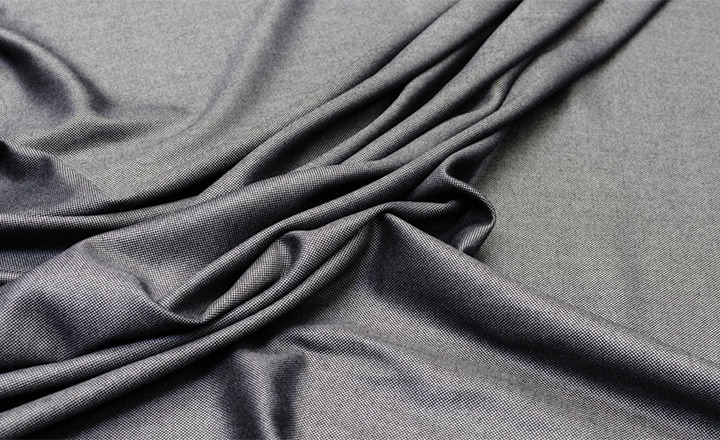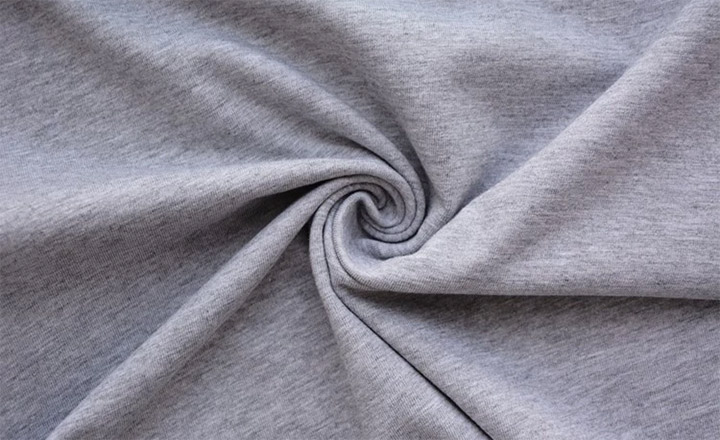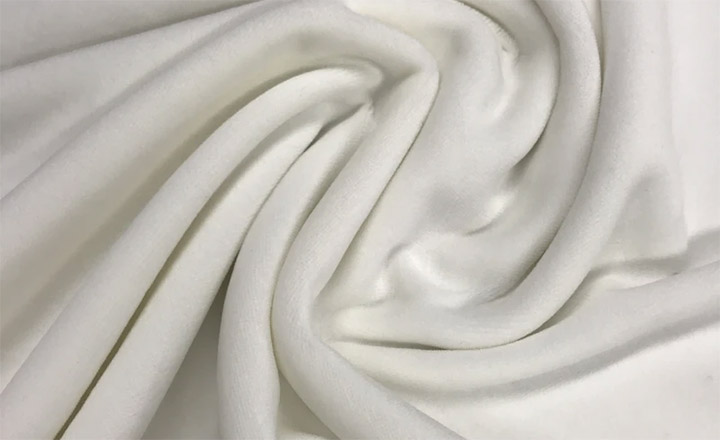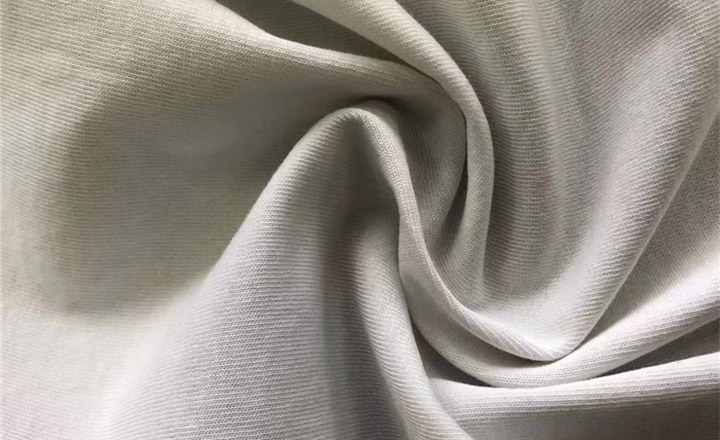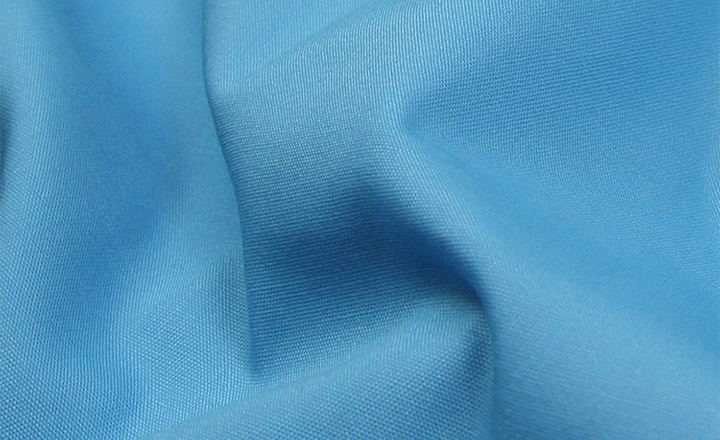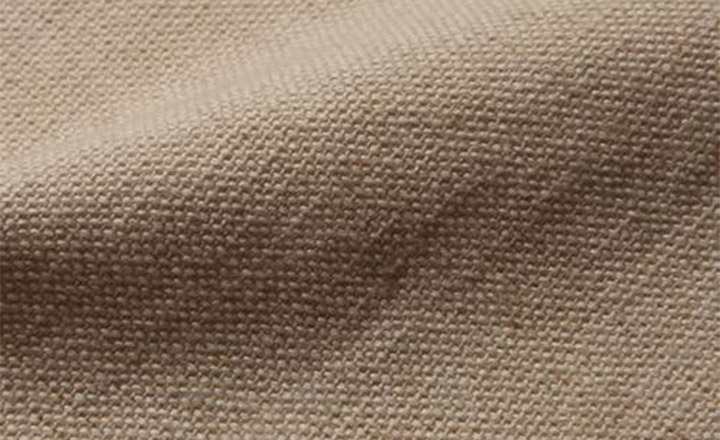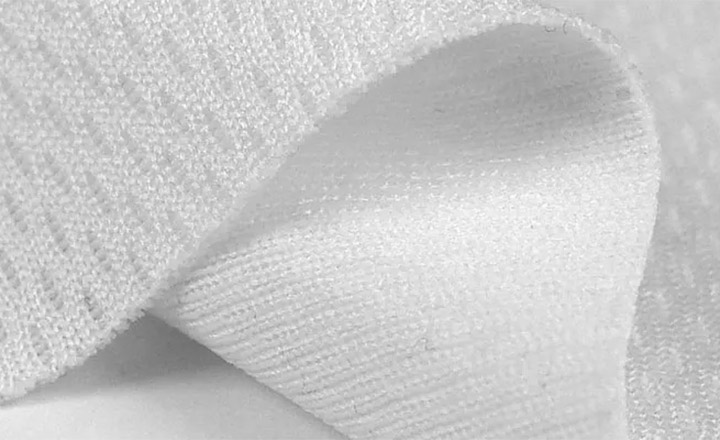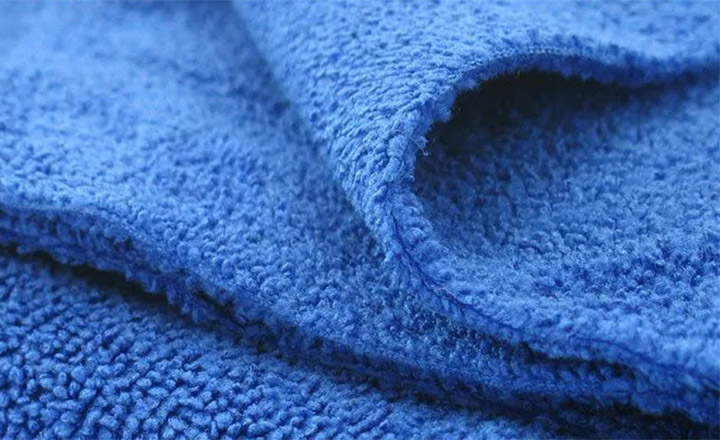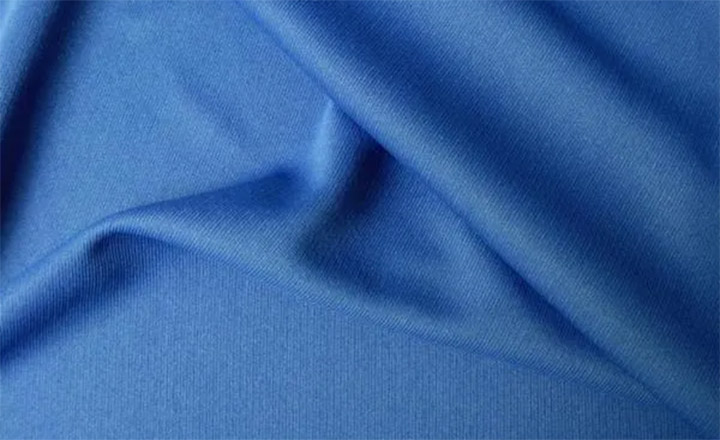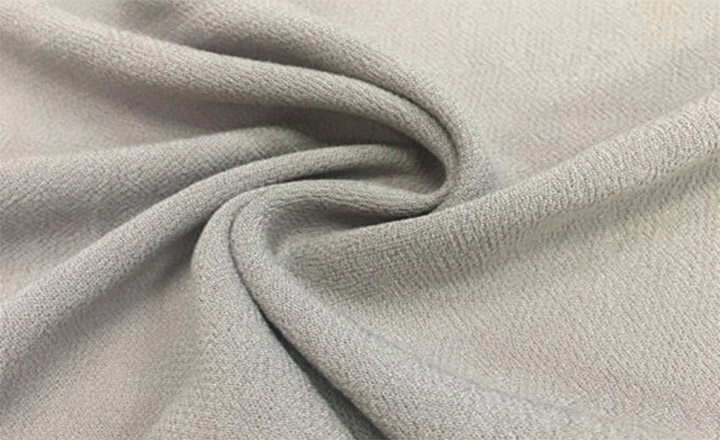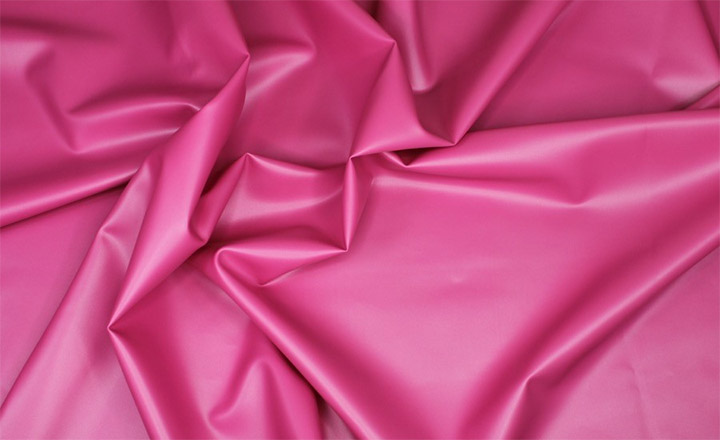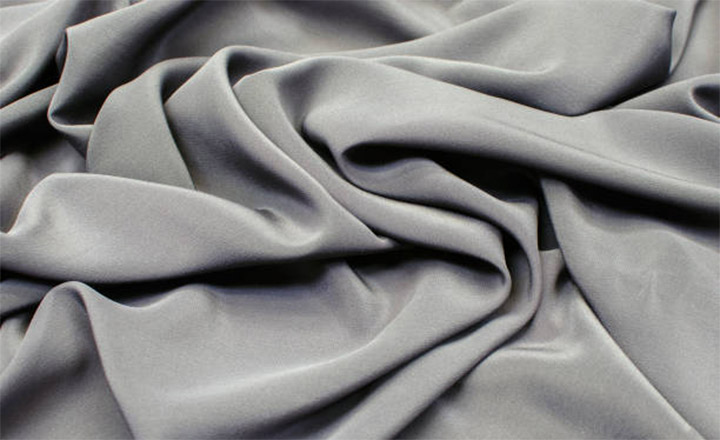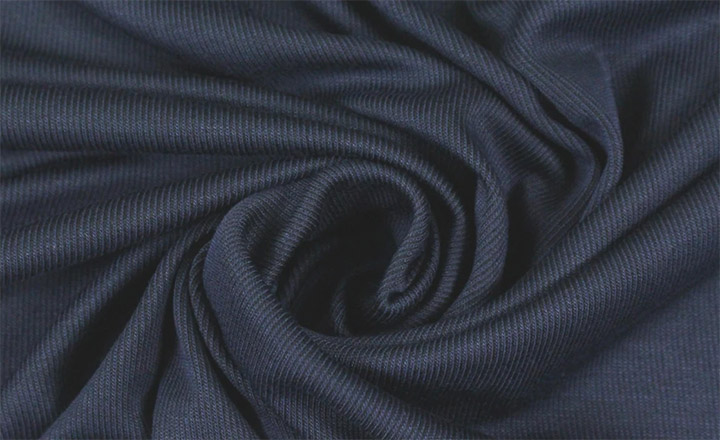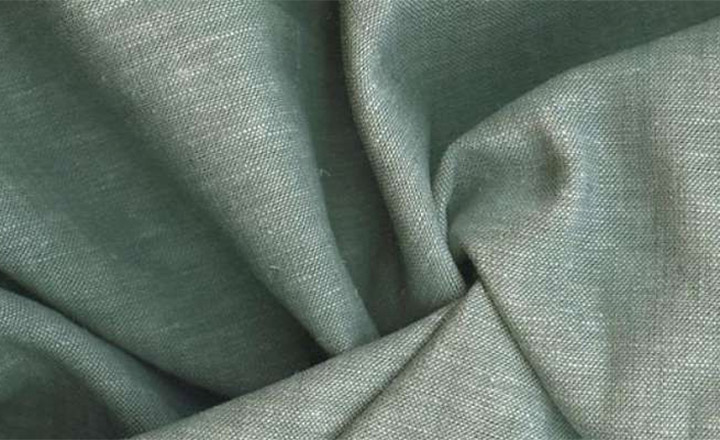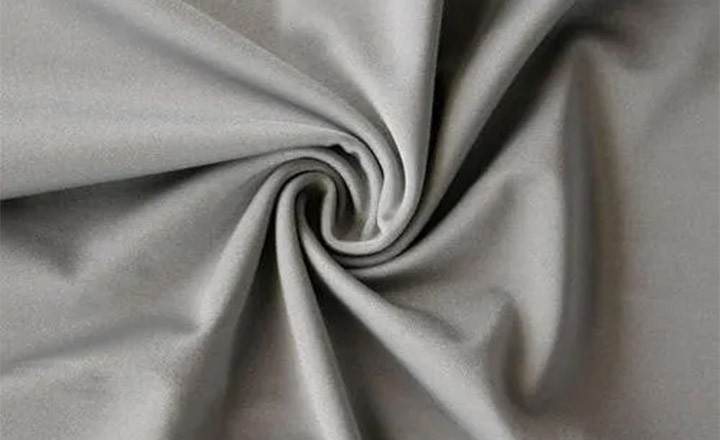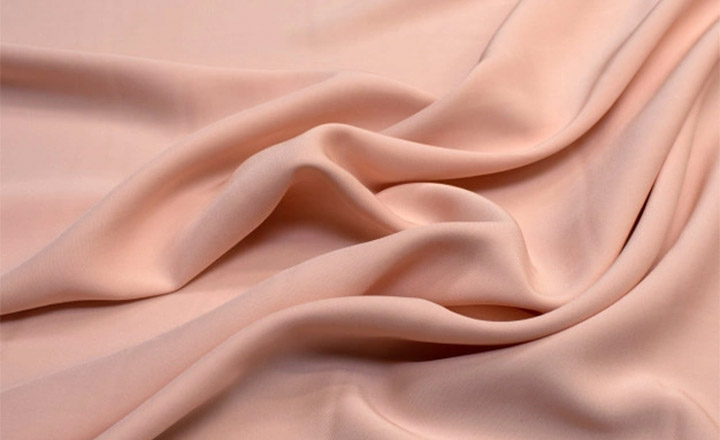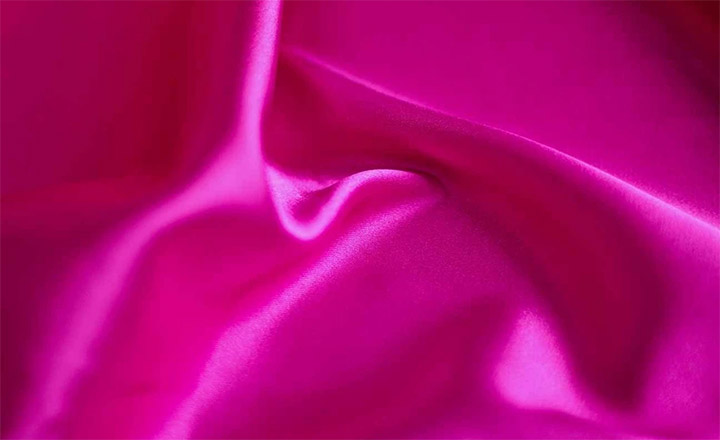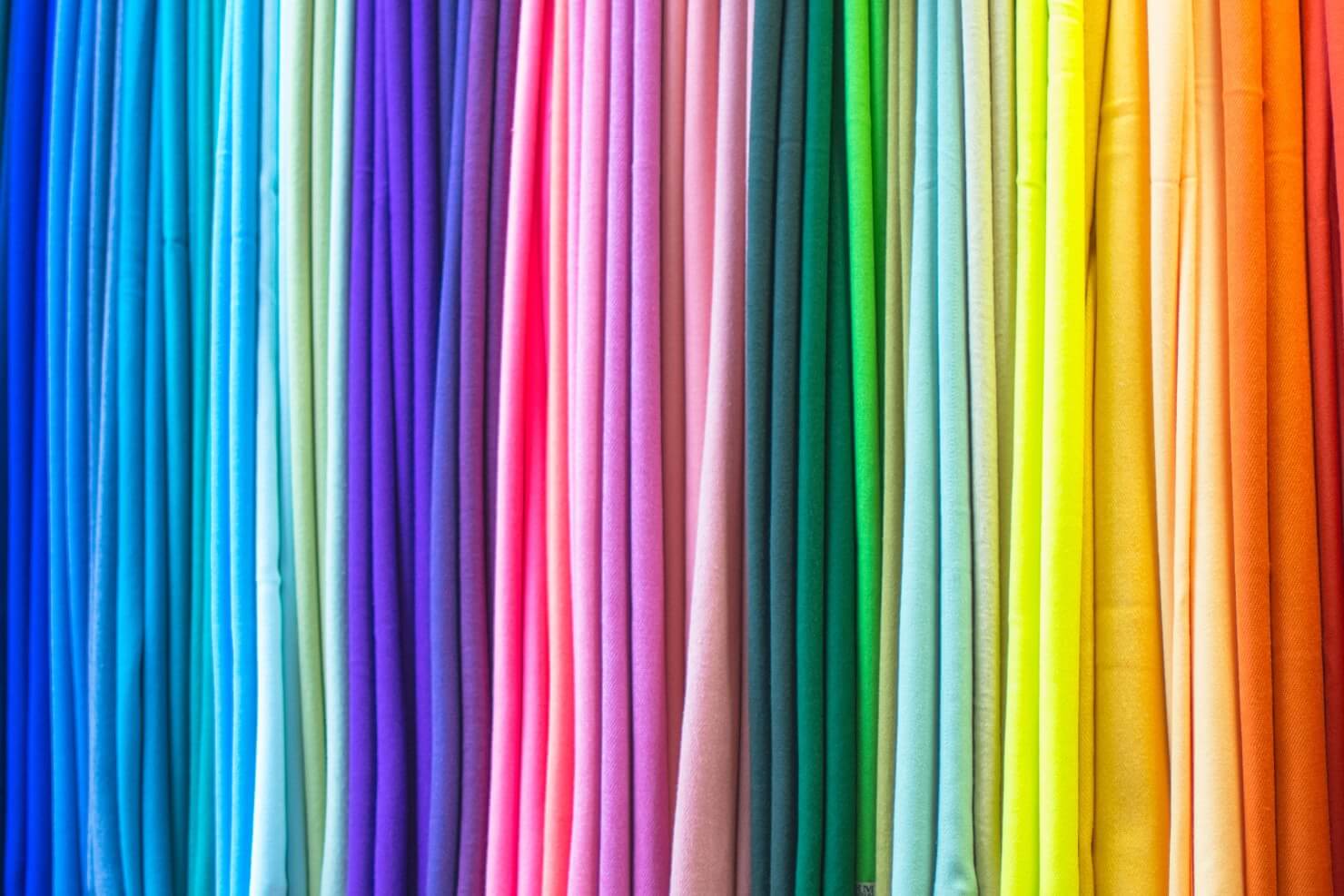Long gone are the days when underwear came in such basic fabrics as cotton and polyester.
Men and women have a lot of options at their fingertips now. There are natural, synthetic, and blended fabrics each with its set of amazing benefits.
This guide will list the pros and cons of practically every fabric option availablen. It takes the guesswork out of underwear shopping to help you make the best decision for your tastes and lifestyle.
Natural Underwear Fabrics
Bamboo
Bamboo fabric is made from the pulp of bamboo grass. Moisture-wicking and antibacterial properties make it a good underwear option for active people or those with sensitive skin.
- Bamboo fabric is super soft, lightweight, and strong. Its texture is similar to silk. You can wear it any time of the year. It will keep you warm in winter and cool in summer.
- Bamboo is highly absorbent. It holds much more water and sweat than cotton. This may encourage microbial growth.
- The fibers don’t provide great sun protection. So UV light can penetrate the cloth and be absorbed by your skin. Also, the fabric is more expensive than cotton.
Combed Cotton
Some people prefer combed cotton underwear. It has the benefits of regular cotton. But it undergoes a process to make it extremely soft and lustrous.
- Combed cotton lacks any impurities and is a softer version of regular cotton. It’s also stronger. Combing the cotton gets rid of short fibers that are prone to breakage.
- This allows the straightened fibers to join together more tightly. As a result, less fraying and unraveling occurs. Combed cotton is more luxurious than regular cotton for this reason.
- The extra work that’s done to produce high-quality combed cotton results in a steeper price tag.
Cotton
This natural fiber is inexpensive and commonly found in many underwear brands, It’s soft, breathable, and comfortable—all things you want in your undies.
- Cotton is beloved by many because its fibers are natural and free of chemicals. It’s breathable and hypoallergenic. If you have sensitive skin, you won’t have to worry about irritating it.
- Cotton’s natural fibers tend to wear down faster. Also, the fabric retains moisture longer. This can be an issue when the weather heats up. Plus, it’s prone to shrinking.
Organic Cotton
This type of cotton is made from non-genetically altered plants. Certified organic cotton is grown without the use of agricultural chemicals. For those concerned about the environment, it can make an excellent underwear option.
- Organic cotton is smoother, softer, and more durable than regular cotton. Its longer fibers have a stronger connection with each other. Also, fewer synthetic chemicals are used on it so it’s better for your skin.
- Although natural pesticides, insecticides, and fertilizers used on organic cotton aren’t as hazardous, they can still cause some harm to your health. Natural doesn’t always mean safe. After all, snake venom is natural but it can be deadly.
Pima Cotton
Organic Pima cotton underwear is cooling and breathable. It’s free of toxins and pesticides. Pima cotton has longer fibers than cotton and is known for its durability and absorbency.
- Pima Cotton is renowned for its superior quality when it’s pure. It’s smooth, durable, and soft. This naturally hypoallergenic fabric helps keep you and the planet healthy.
- However, it isn’t as smooth as Supima cotton. About 89% of cotton that’s sold as Pima or Egyptian is actually made of an inferior cotton blend.
Ring-Spun Cotton
Ring-spun cotton has a more luxurious feel due to its fine and extremely soft texture. Reproduced on a ring frame equipment, it has a stronger weave than regular cotton fabric.
- Ring-spun cotton is more durable and lasts longer than its cotton counterparts. It undergoes a process of twisting and thinning of its strands to make a very fine, strong, soft rope of cotton fibers.
- As a result, it’s stronger and feels heavier to the touch. It can take a beating making it ideal for people who like to engage in competitive sporting events.
- But these thinner, softer cotton strands come at a price. The process of making this strong, smooth fabric increases the cost of manufacturing ringspun cotton apparel. So it costs more to buy ringspun cotton underwear.
Supima Cotton
Supima Cotton is known for its softness and durability. This luxury fabric is made of the highest quality cotton.
It is made from long fibers. Supima cotton is a great choice for everyday wear. It’s breathable, soft, and retains color well, even with multiple washings.
- Supima cotton has extra-long fibers that give it unmatched strength and amazing softness. Its fine, strong fibers make for a lighter weight fabric.
- Plus, the material absorbs dye more efficiently and effectively. As a result, colors are richer, more vibrant, and long-lasting.
- It tends to be the most expensive of other cotton fabrics. Supima can be three times more expensive than regular cotton and double the price of Pima.
Silk
Silk can hold 40% of its weight in moisture before feeling wet. This soft, sweat-wicking fabric is ridiculously comfortable.
Unlike cotton, it dries quickly. You can wash your silk drawers at night and sleep easy knowing it will be clean and ready for the next day’s activities.
- Silk is highly absorbent. As a result, it’s breathable and dries quickly. This natural fabric is hypoallergenic.
- Despite its delicate feel, it’s very strong. Plus, it’s comfortable, extremely soft, and can be worn during all seasons.
- Silk isn’t the easiest fabric to clean. Another disadvantage of this elegant fabric is that it’s one of the most expensive fibers on the market.
Moisture-wicking Underwear Fabrics
Acrylic
This synthetic fiber has moisture-wicking capabilities so you can feel fresh and dry for hours. Due to its quick drying time, you won’t have to struggle with that annoying clammy feeling when you start to sweat.
- Acrylic holds onto color well and is resistant to wrinkling. This fine fabric is soft and comfy—not to mention strong and durable.
- A downside is that it’s not very warm. Also, you need to keep it away from heat since it melts as it burns.
Coolmax
Coolmax is a type of polyester fabric. It was developed to address issues with wrinkles, fading, and shrinkage.
- Coolmax was designed to be more breathable than natural fibers such as cotton so athletes could perform better. Its super breathable and sweat-wicking properties are great for active people.
- The fabric draws moisture from the skin. As a result, when you sweat the perspiration evaporates so you’re not left feeling damp and uncomfortable.
- A problem some may have with Coolmax is that the fabric will be slightly thinner than other materials.
- Since it’s flammable it has the tendency to melt and fuse to the wearer's skin when exposed to high heat. For this reason, it shouldn’t be worn by firefighters or those on the front-line of combat.
Microfiber
Microfiber is light-weight, moisture-wicking, and durable. It’s able to match the qualities of natural fibers. This manufactured synthetic material is a good underwear option for summertime wear.
- Microfiber is very breathable. It does a great job of wicking moisture away from the body. These moisture-wicking properties help reduce odors.
- The fabric also dries quickly. Plus, it helps you stay cool. This means it’s an ideal underwear choice when you need to work out.
- On the other hand, microfiber drawers are thicker than cotton. That makes it virtually impossible to hide a visible panty line in thin slacks.
Polyester
Polyester is remarkably strong. This extremely durable synthetic fiber typically does not wrinkle. People who are tough on undies will appreciate this fabric’s ability to be resilient after a certain amount of punishment.
- Polyester can help you stay warm in the winter. This quick-drying fabric maintains its shape well. Another perk is that it wicks away moisture and sweat.
- You can expect your nether regions to feel comfortable and dry throughout the day. This translates to a decrease in the chances of fungus developing.
- Although it’s great for the cooler months, it’s not so wonderful for warmer ones. The fabric won’t cool you off enough. It can also allow odors to linger.
Viscose Rayon
Viscose is soft, lightweight, and offers incredible wicking capabilities. That makes it an ideal fabric for your skivvies.
Viscose Rayon has a silk-like texture. Yet, it feels rather heavy against the skin.
- Viscose rayon has a silk-like feel and is inexpensive. This breathable fabric provides a luxurious look and feel without breaking the bank.
- The material blends well with other fibers and dyes beautifully. It’s a fabric that offers a comfortable fit.
- The fabric is weak and becomes even weaker when wet. Plus, it’s prone to stretching and bagging. On top of that, the material doesn’t regain its shape.
Skin Hugging Underwear Fabrics
Latex
Similar to spandex, latex is made with rubber. It tends to be skin-tight. It’s used in some underwear to improve the elasticity of the material.
- Latex feels very smooth and helps support your body. It can feel like a second skin.
- Some people are allergic to latex and can have bad reactions when in contact with the material. People who are hypersensitive to latex should avoid it.
Spandex
Spandex is a synthetic fiber made from polyurethane. It’s similar to latex in that it’s lightweight, elastic, and durable. Spandex is stretchable and resistant to moisture.
- Spandex gives you added support as you move. It also helps underwear snap back after wear and makes the material more stable.
- Spandex sticks to your body. If you wear it for a long time, you may develop rashes or throw off your blood circulation. Spandex doesn't allow your skin to breathe easily. Also, it’s sensitive to heat.
Soft Underwear Fabrics
MicroModal
MicroModal is the microfiber version of Modal. It improves the structural integrity of underwear so it lasts longer.
- MicroModal is fifty percent more absorbent than cotton. This fiber performs well in warm weather and during intense workouts. It stays fresher longer and feels silky against your skin.
- It doesn’t do a good job of retaining body heat. So this undy won’t help your boys stay warm.
- Also, it’s not uncommon for someone to have an allergic reaction such as itching, redness, and rashes to the material. If you have a bad reaction wearing modal fabric for the first time then make it the last time you wear it.
Modal
Modal is a semi-synthetic fiber. It’s made from reconstituted and processed beech-wood pulp.
- This fiber is so luxurious that it has been referred to as artificial silk over the years. Its texture is smooth and soft.
- This fabric breathes well and is cool to the touch. Also, it’s absorbent and less likely to pill.
- Modal has a tendency to shrink and turn yellow. It isn’t good at keeping you warm.
- But it may be good at breaking you out from an allergic reaction. Another disadvantage is that it’s expensive.
Nylon
Nylon is a synthetic fabric. It’s made from petroleum and was developed as an alternative to silk.
- Nylon is very durable so underwear made of this fabric tends to last longer. It’s ten times more wear-resistant than cotton.
- Nylon is also four times tougher than wool. Plus, it’s lightweight.
- The fabric doesn’t absorb moisture well and isn’t as comfortable as other fabric. Also, it can easily cause static friction due to its low DC conductivity.
Rayon
Rayon is a manufactured fiber. It’s made of regenerated cellulose from plant materials.
- Rayon feels comfortable and is soft against the skin. This fabric is also highly absorbent.
- This fabric is known for emitting toxic substances that can cause a variety of ailments such as:
- Chest and muscle pain
- Nausea
- Headaches
- Vomiting
- Insomnia
Satin
Satin contains synthetic fibers. It’s a glossy fabric that’s made with acetate, nylon, rayon, and polyester.
- Unfortunately, satin is a relatively high-maintenance fabric. It stains easily and can get damaged rather quickly.
